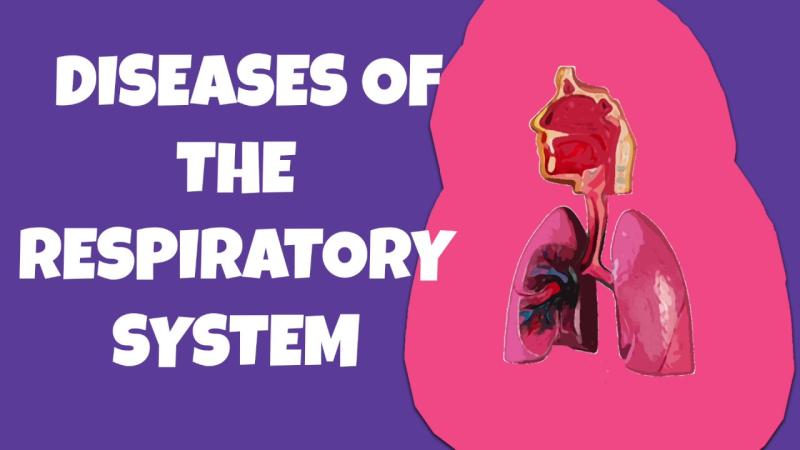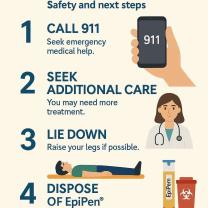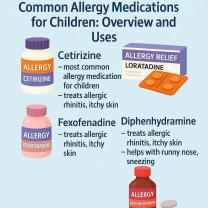What are the names of respiratory diseases?
There are numerous respiratory diseases that can affect the lungs and respiratory system. Here are some common respiratory diseases:
Asthma: A chronic condition characterized by inflammation and narrowing of the airways, leading to difficulty breathing, wheezing, and coughing.
Chronic Obstructive Pulmonary Disease (COPD): An umbrella term for chronic lung diseases that cause airflow obstruction, including chronic bronchitis and emphysema.
Chronic Bronchitis: A type of COPD characterized by inflammation of the bronchial tubes, leading to persistent cough with mucus production.
Emphysema: A type of COPD in which the air sacs in the lungs are damaged, leading to difficulty exhaling air.
Pneumonia: An infection of the lungs that can be caused by bacteria, viruses, or fungi, leading to inflammation and the accumulation of fluid in the air sacs.
Influenza (Flu): A viral respiratory infection that can cause a range of symptoms from mild to severe.
Tuberculosis (TB): A bacterial infection that primarily affects the lungs, causing symptoms such as cough, chest pain, and weight loss.
Interstitial Lung Disease (ILD): A group of lung disorders characterized by inflammation and scarring of the lung tissue.
Pulmonary Fibrosis: A type of ILD where there is progressive scarring of the lung tissue, leading to difficulty breathing.
Lung Cancer: A malignant tumor that originates in the lungs, often associated with a history of smoking.
Cystic Fibrosis: A genetic disorder that affects the respiratory, digestive, and reproductive systems, leading to the production of thick and sticky mucus in the airways.
Obstructive Sleep Apnea (OSA): A condition characterized by repetitive interruptions in breathing during sleep, often due to relaxation of the throat muscles.
It's important to note that this is not an exhaustive list, and there are many other respiratory diseases and conditions that can affect the respiratory system. If you have concerns about respiratory health, it is advisable to consult with a healthcare professional for proper diagnosis and treatment.
What are some common respiratory diseases?
Respiratory diseases are a broad group of conditions that affect the lungs and airways. Some of the most common respiratory diseases include:
The common cold: This is a viral infection of the upper respiratory tract that causes symptoms such as runny or stuffy nose, sore throat, cough, sneezing, and low-grade fever.
Influenza (flu): This is another viral infection of the respiratory tract, but it is more serious than the common cold. Flu symptoms can include fever, cough, sore throat, runny or stuffy nose, muscle aches, fatigue, and headache.
Sinus infection (sinusitis): This is an inflammation of the sinuses, which are air-filled cavities in the face. Sinusitis symptoms can include nasal congestion, facial pain, headache, fever, and thick, green or yellow mucus.
Bronchitis: This is an inflammation of the bronchi, the tubes that carry air to and from the lungs. Bronchitis symptoms can include cough, chest tightness, wheezing, and shortness of breath.
Pneumonia: This is an infection of the lungs that can be caused by bacteria, viruses, or fungi. Pneumonia symptoms can include fever, cough, chest pain, shortness of breath, and wheezing.
Tuberculosis (TB): This is a bacterial infection that can affect the lungs, but it can also spread to other parts of the body. TB symptoms can include cough, chest pain, fever, night sweats, and weight loss.
Chronic obstructive pulmonary disease (COPD): This is a group of lung diseases that cause obstructed airflow from the lungs. COPD symptoms can include cough, wheezing, shortness of breath, and chest tightness.
Asthma: This is a chronic respiratory condition that causes inflammation and narrowing of the airways. Asthma symptoms can include cough, wheezing, shortness of breath, and chest tightness.
How do respiratory diseases affect the respiratory system?
Respiratory diseases can affect the respiratory system in a number of ways. They can cause inflammation, infection, or damage to the airways, lungs, or other parts of the respiratory system. This can make it difficult to breathe, and it can also lead to other health problems.
For example, the common cold and the flu can cause inflammation of the upper respiratory tract, which can lead to a runny or stuffy nose, sore throat, and cough. Pneumonia can cause inflammation and infection of the lungs, which can lead to fever, cough, chest pain, and shortness of breath. COPD can cause damage to the airways, which can lead to obstructed airflow and shortness of breath.
Are there preventive measures or treatments available for different respiratory illnesses?
Yes, there are preventive measures and treatments available for many respiratory illnesses. Preventive measures can include:
Getting vaccinated: There are vaccines available for some respiratory illnesses, such as the flu vaccine and the pneumonia vaccine.
Avoiding exposure to risk factors: This includes avoiding exposure to secondhand smoke, air pollution, and other irritants.
Practicing good hygiene: This includes washing your hands frequently and covering your mouth and nose when you cough or sneeze.
Treatments for respiratory illnesses depend on the specific illness. Some common treatments include:
Medications: This includes antibiotics for bacterial infections, antivirals for viral infections, and bronchodilators for asthma.
Oxygen therapy: This is used to provide extra oxygen to people with severe respiratory problems.
Surgery: In some cases, surgery may be necessary to treat respiratory illnesses, such as lung cancer or COPD.
What are the symptoms and warning signs of various respiratory diseases?
The symptoms and warning signs of respiratory diseases can vary depending on the specific illness. However, some common symptoms include:
Cough: This is a common symptom of many respiratory illnesses, including the common cold, the flu, bronchitis, and pneumonia.
Wheezing: This is a high-pitched whistling sound that is caused by narrowing of the airways. It is a common symptom of asthma and COPD.
Shortness of breath: This is a feeling of not being able to get enough air. It is a common symptom of many respiratory illnesses, including COPD, asthma, and pneumonia.
Chest pain: This is pain in the chest that can be caused by inflammation or infection of the lungs or pleura, the lining of the lungs. It is a common symptom of pneumonia and pleurisy.
Fever: This is a rise in body temperature that is often caused by infection. It is a common symptom of many respiratory illnesses, including the flu, pneumonia, and sinusitis.
Runny or stuffy nose: This is a blockage of the nasal passages that can be caused by inflammation or infection. It is a common symptom of the common cold, the flu, and sinusitis.
**Sore












